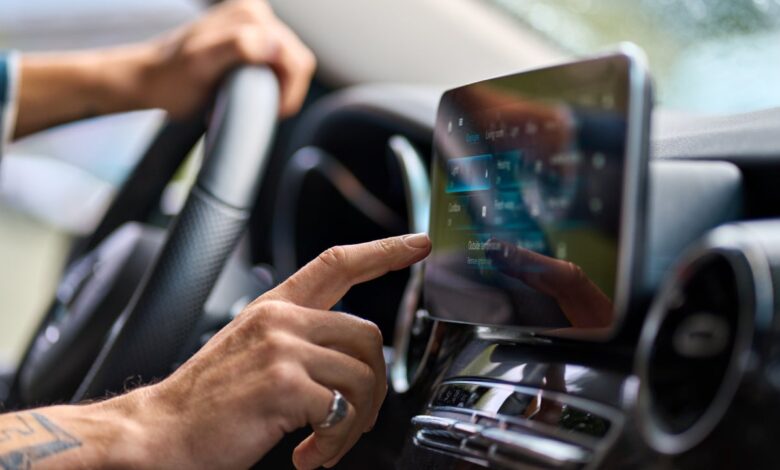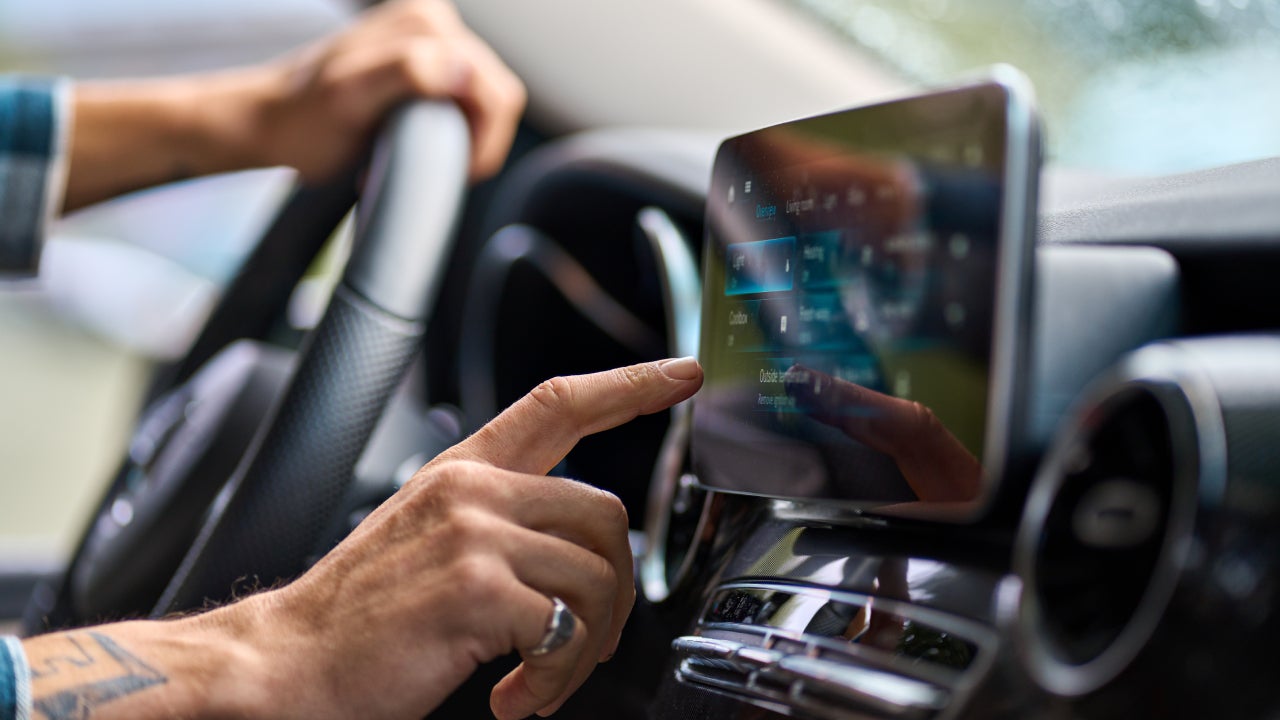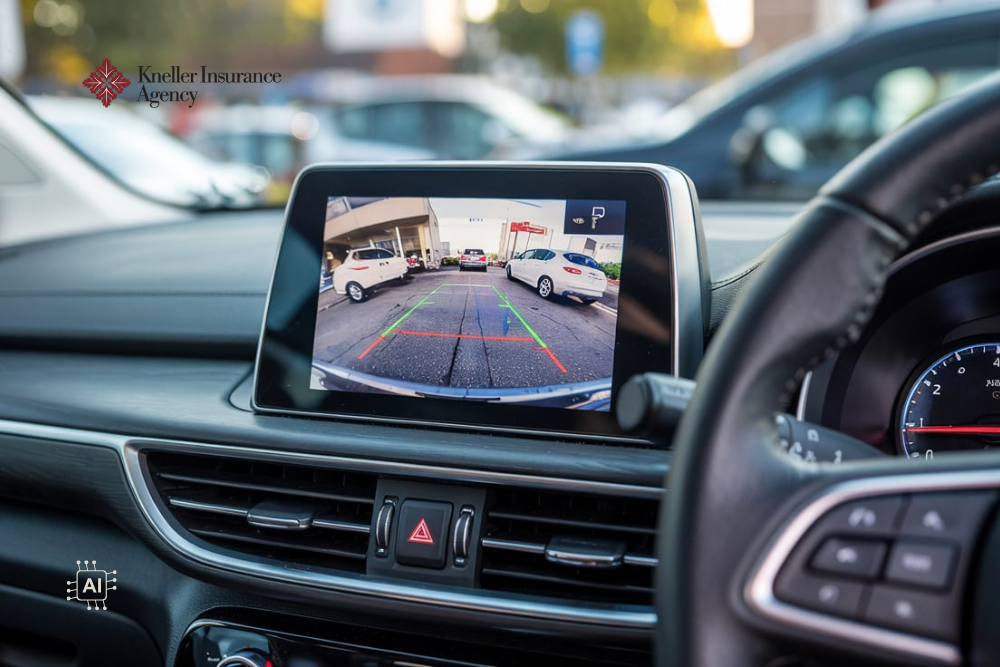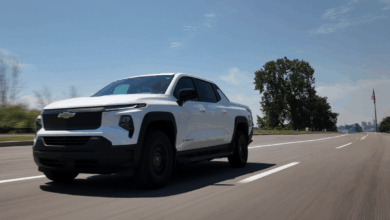Why Advanced Safety Tech Increases Insurance Premiums


Modern vehicles are marvels of technology, increasingly resembling rolling supercomputers. A central selling point for this new generation of cars is their advanced suite of safety features. Marketing materials are filled with promises of “collision avoidance,” “lane-keeping,” and “automated emergency braking,” all designed to create a safer driving environment and, logically, lead to fewer accidents. For many consumers, the assumption is straightforward: a safer car should equal lower insurance costs. However, a counterintuitive and frustrating reality is setting in for owners of these high-tech vehicles: insurance premiums are soaring, often making these safe cars more expensive to insure than their less-equipped counterparts. This in-depth analysis will unravel the complex paradox behind why cutting-edge safety technology is leading to higher insurance bills, examining the hidden costs of repair, the data behind the risk, and what consumers can do to navigate this new automotive landscape.
A. Deconstructing the Insurance Premium Paradox
Insurance premiums are not calculated based on a vehicle’s safety rating in a controlled test; they are based on real-world risk and cost data aggregated across millions of claims. While advanced driver-assistance systems (ADAS) are designed to prevent accidents, their existence introduces new and significant financial variables that insurers must account for.
A. The Prohibitive Cost of Repair and Calibration
This is the single most significant factor driving up premiums. When an accident occurs, the repair process for a car equipped with ADAS is exponentially more complex and expensive than for a traditional vehicle.
-
Sensor and Camera Replacement: A minor fender-bender that would have previously required a new bumper and paint now often necessitates the replacement of radar sensors, ultrasonic sensors, and cameras embedded in that bumper. A single radar module can cost over $1,000 for the part alone.
-
The Critical Need for Recalibration: Simply replacing a sensor is not enough. These systems must be meticulously recalibrated to function correctly. This process often requires a specific, sterile environment, specialized alignment targets, and proprietary diagnostic software.
-
Static Calibration: Performed in a controlled workshop using precise targets and alignment fixtures.
-
Dynamic Calibration: Requires a technician to drive the vehicle for a certain distance on a perfectly straight road under specific conditions to allow the system to self-calibrate.
-
-
The “Total Loss” Threshold: Because of these high repair costs, minor collisions can quickly approach the insurer’s “total loss” threshold—the point where repairing the car costs more than its actual cash value. This means insurers are writing off more cars, leading to larger payouts and, consequently, higher premiums for all vehicles of that model.
B. The “Moral Hazard” of Over-Reliance on Technology
Human psychology plays a crucial, albeit difficult-to-quantify, role. The presence of safety technology can inadvertently lead to riskier driving behavior, a phenomenon known as “risk compensation.”
-
Complacency at the Wheel: A driver who knows their car has automatic emergency braking might pay less attention to the road ahead, assuming the car will intervene if needed. Similarly, lane-keeping assist can lead to drivers becoming less vigilant about their lane position.
-
Misunderstanding System Limitations: Many drivers do not fully understand the limitations of ADAS. These systems are designed as assists, not replacements for an engaged driver. They can struggle in poor weather (heavy rain, snow, fog), with faded lane markings, or in complex urban environments. An over-reliance on technology that fails in an edge-case scenario can directly lead to an accident that a more attentive driver might have avoided.
C. Higher Initial Vehicle Value and Theft Desirability
The technology that powers these safety systems is expensive. A vehicle equipped with a full ADAS suite has a higher Manufacturer’s Suggested Retail Price (MSRP) than a base model without it. Insurance premiums are directly influenced by the vehicle’s value, as a total loss requires a larger payout. Furthermore, these high-tech vehicles often contain other expensive components, such as LED headlights and sophisticated infotainment systems, making them more attractive targets for theft and vandalism, which also impacts comprehensive coverage rates.
B. A Deep Dive into Specific ADAS and Their Cost Impact
Not all safety features are created equal in the eyes of an insurer. Some have a more pronounced effect on repair costs and risk profiles than others.
A. Automatic Emergency Braking (AEB) and Forward Collision Warning
-
Function: Uses cameras and/or radar to detect an impending collision with a vehicle or pedestrian and automatically applies the brakes.
-
Cost Impact: Extremely high. The radar sensor is typically located in the front grille or bumper, the most vulnerable areas in a front-end collision. A minor impact can easily damage the sensor and its mounting bracket, requiring replacement and recalibration that can add $2,000-$3,000 to a repair bill.
B. Adaptive Cruise Control (ACC)
-
Function: Maintains a set speed and a safe following distance from the vehicle ahead, automatically adjusting speed.
-
Cost Impact: High. ACC often shares the same radar sensor as the AEB system. Any damage that affects AEB will also disable ACC, compounding the repair complexity and cost.
C. Lane Keeping Assist (LKA) and Lane Departure Warning (LDW)
-
Function: Uses a forward-facing camera mounted near the rearview mirror to detect lane markings. LKA provides steering input to keep the car in its lane, while LDW provides an alert.
-
Cost Impact: High. A cracked windshield on a car with LKA is no longer a simple $300 replacement. The camera must be removed, the windshield replaced with an OEM-quality glass to avoid optical distortions, and the camera must be precisely recalibrated. This can turn a simple windshield claim into a $1,500+ event.

D. Blind Spot Monitoring (BSM) and Cross-Traffic Alert
-
Function: Uses radar sensors in the rear quarter panels to detect vehicles in adjacent lanes and approaching traffic when reversing.
-
Cost Impact: Moderate to High. A side-swipe accident or even a replacement of a rear bumper now involves removing and potentially replacing these sensors. Their integration into the side mirrors or bumper panels adds layers of complexity to otherwise straightforward repairs.
C. The Data Dilemma: How Insurers Calculate the New Risk
Insurance companies are fundamentally data-driven businesses. They are continuously analyzing claims data to refine their risk models, and the data on ADAS is sending mixed signals.
A. The Frequency vs. Severity Conundrum
Early data suggests that ADAS is successfully reducing the frequency of certain types of accidents, particularly low-speed rear-end collisions. However, when accidents do occur, the severity of the claim (the total cost of the repair) has increased dramatically. For an insurer, a reduction in many small claims is beneficial, but it can be completely offset by a handful of extremely expensive repairs. The current data indicates that the surge in severity is outweighing the reduction in frequency for many vehicle models.
B. The Lack of Long-Term Historical Data
ADAS has only become widespread in the last 5-7 years. Insurers lack the decades of claims history they have for traditional vehicles. This uncertainty leads to a more conservative, and therefore more expensive, pricing model. As more data is collected, premiums may adjust, but for now, insurers are erring on the side of caution.
C. Vehicle-Specific Rating Models
Insurers don’t just look at the presence of technology; they analyze the loss history for each specific vehicle make, model, and trim level. A Honda Civic with the full Honda Sensing suite may have a different premium calculation than a Toyota Corolla with Toyota Safety Sense, based entirely on the real-world claims data for those specific cars. A model that proves to be disproportionately expensive to repair after minor accidents will quickly be flagged for higher premiums.
D. A Strategic Guide for Consumers in the ADAS Era
Given this new reality, car buyers and owners need to be strategic to manage their insurance costs without sacrificing safety.
A. Proactive Shopping: Get Insurance Quotes Before You Buy
Never purchase a new or used vehicle without first getting detailed insurance quotes for the exact make, model, and trim. The difference between a base model and a technology-laden trim of the same car could be hundreds of dollars per year in insurance.
B. The Inquiries to Make with Your Insurer
When speaking with an agent, ask specific questions:
-
“Do you offer any discounts for specific verified safety features?”
-
“How does a windshield replacement on this model differ in cost due to the camera calibration?”
-
“What is the claims history for this specific vehicle?”
C. The Importance of Proper Post-Repair Calibration
If your vehicle is in an accident, it is imperative that you use a repair shop that is certified by your vehicle’s manufacturer and has the proper equipment to perform ADAS recalibrations. Do not accept a repair that does not include a documented calibration. An improperly calibrated system may not function in your next moment of need, leading to a more severe accident.
D. Invest in Driver Education, Not Just Technology
The most effective safety feature remains an alert, skilled, and educated driver. Consider taking an advanced driving course to hone your skills. Understanding the limits of your vehicle’s technology and maintaining an active, engaged role in the driving task is the surest way to prevent accidents and, over the long term, keep your premiums in check.
Conclusion: Navigating the Double-Edged Sword of Safety
Advanced vehicle safety technology represents a profound double-edged sword. There is compelling evidence that it saves lives and prevents injuries, a benefit that is truly priceless. However, the financial reality is that this safety comes at a significant and ongoing cost reflected in higher insurance premiums. The combination of astronomically expensive repairs, the psychological risk of driver complacency, and the sheer value of the components involved has created a new paradigm for auto insurance. As consumers, the path forward requires vigilance: proactive research before a purchase, a clear understanding of our technology’s limitations, and a commitment to remaining the primary safety system in the vehicle. By doing so, we can harness the life-saving potential of ADAS while mitigating its unexpected and costly impact on our wallets.
Tags: car insurance premiums, ADAS repair cost, safety technology, auto insurance rates, vehicle calibration, car safety features, insurance claims, automotive technology, car ownership cost, driver assistance systems
Category: Automotive Insurance





